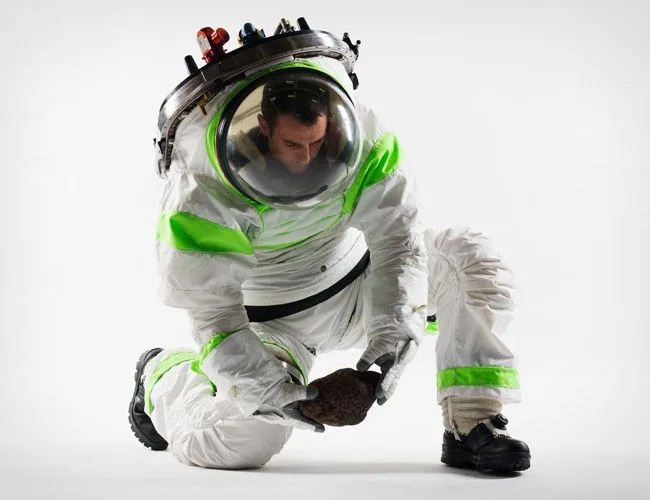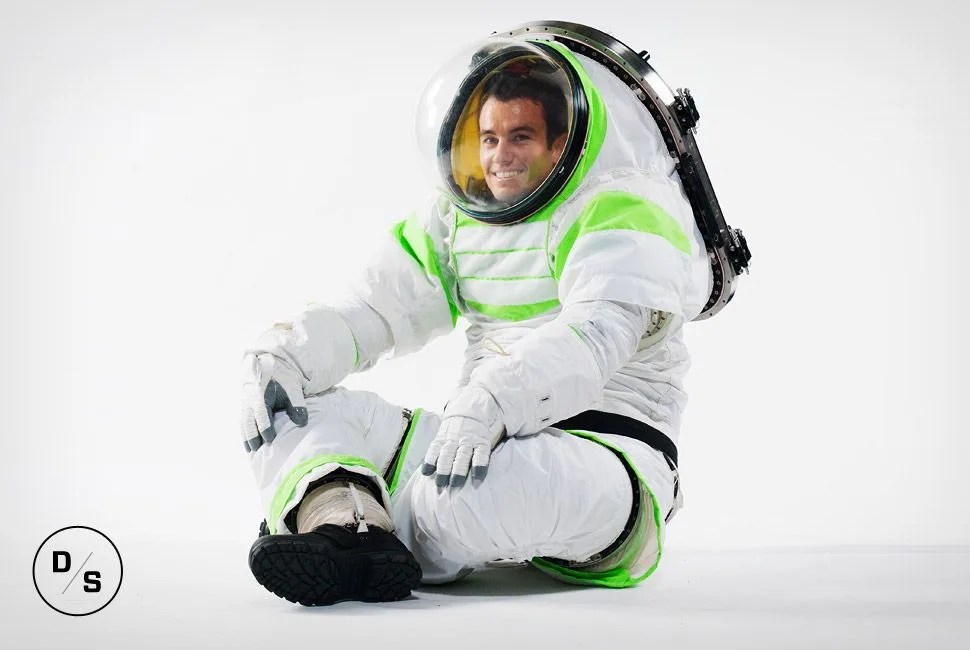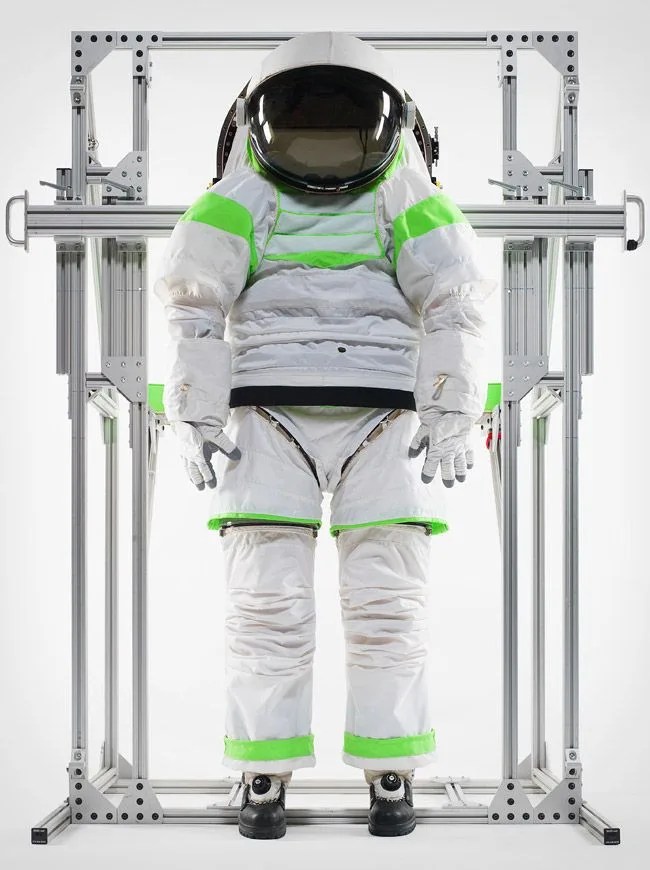The final frontier of space — and the technology required to get there — once represented the pinnacle of innovation. Then stagnation (and budget cuts) set in. The core design of the Space Shuttle was developed in the late 70s, several years before the development of Apple’s Lisa computer and Microsoft’s Windows operating system, and served for three decades before officially retiring in 2011.
Similarly, the iconic Spacesuit designed to protect our fragile forms in the endless vacuum hasn’t received a major update since 1998, the same year Google was founded, Bill got naughty in the Oval Office and Céline Dion’s My Heart Will Go On was making our collective ears bleed. While advancements in the spaceship industry have shifted to the private sector, the space agency has finally shared its own internal plans for the next generation spacesuit, dubbed the NASA Z-1.
The new design may draw unfortunate comparisons to the garb of Buzz Lightyear, but the poor choice in colors shouldn’t distract from a series of innovations. Today’s suit, referred to in NASA nerd jargon as the Extravehicular Mobility Unit or EMU, was developed specifically for working on the International Space Station, while its predecessor was crafted for walks on the moon. The new prototype is designed to perform well in both spacewalk and surface exploration scenarios – it’s at home tinkering with the Space Station and visiting other planets or smaller bodies like asteroids.
WANT MORE CUTTING EDGE DESIGN? THEN CHECK OUT: The World’s Fastest Sailboat | The World’s Deepest Swimming Pool | Invisible Bike Helmets

A new back-entry design is the most notable improvement and allows Astronauts to crawl into the back of the suit (barring any Dip-n-dot’s space binges), versus putting it on like traditional clothes, which was required by the waist-splitting design of the previous EMU. This change means the suit can be hooked up outside of a spacecraft via a “space port” opening so that a spacewalker can climb in and simply detach — avoiding the need for airlocks and depressurization. It should also reduce injuries, particularly in the shoulder area.
NASA has also redesigned the PLSS life-support backpack in use today to create the PLSS 2.0. Unlike the previous backpack which was susceptible to contamination and quickly used oxygen, the new model has been retooled for improved oxygen efficiency and safety — extending spacewalk time in the future. Unfortunately, NASA has yet to combine the two prototype into one functioning unit.

